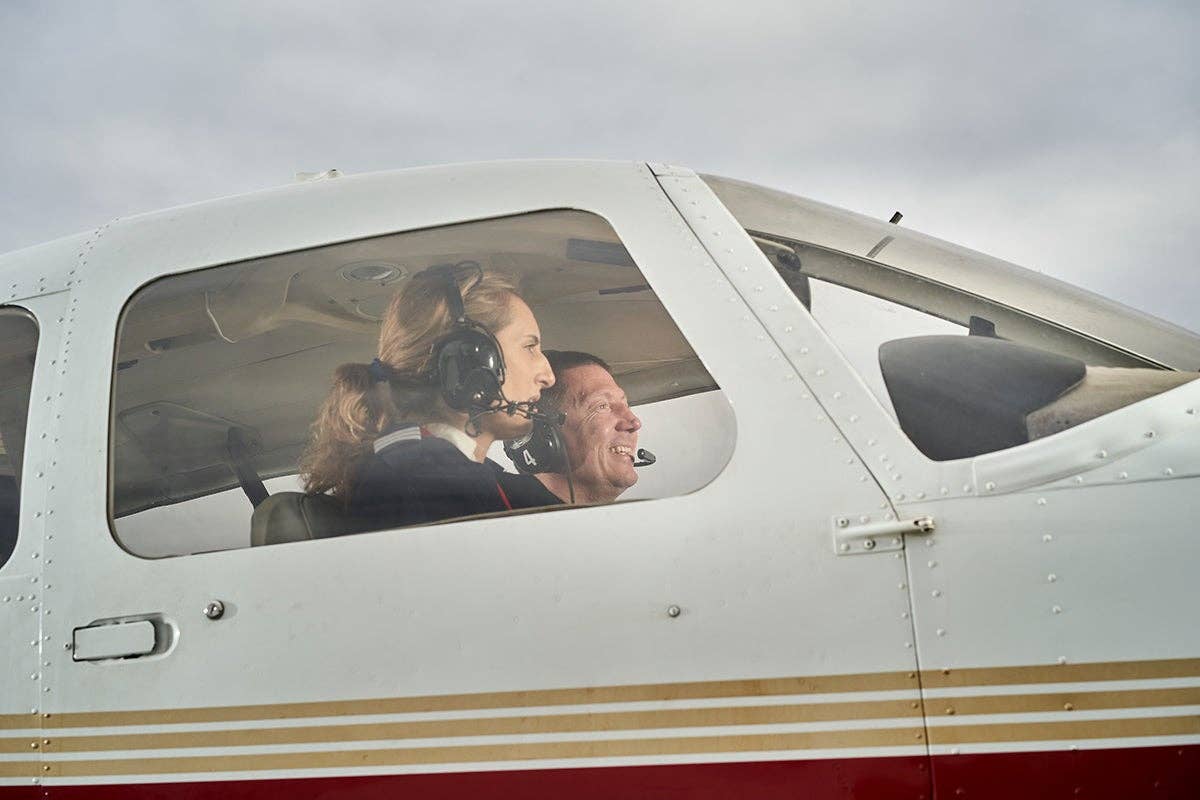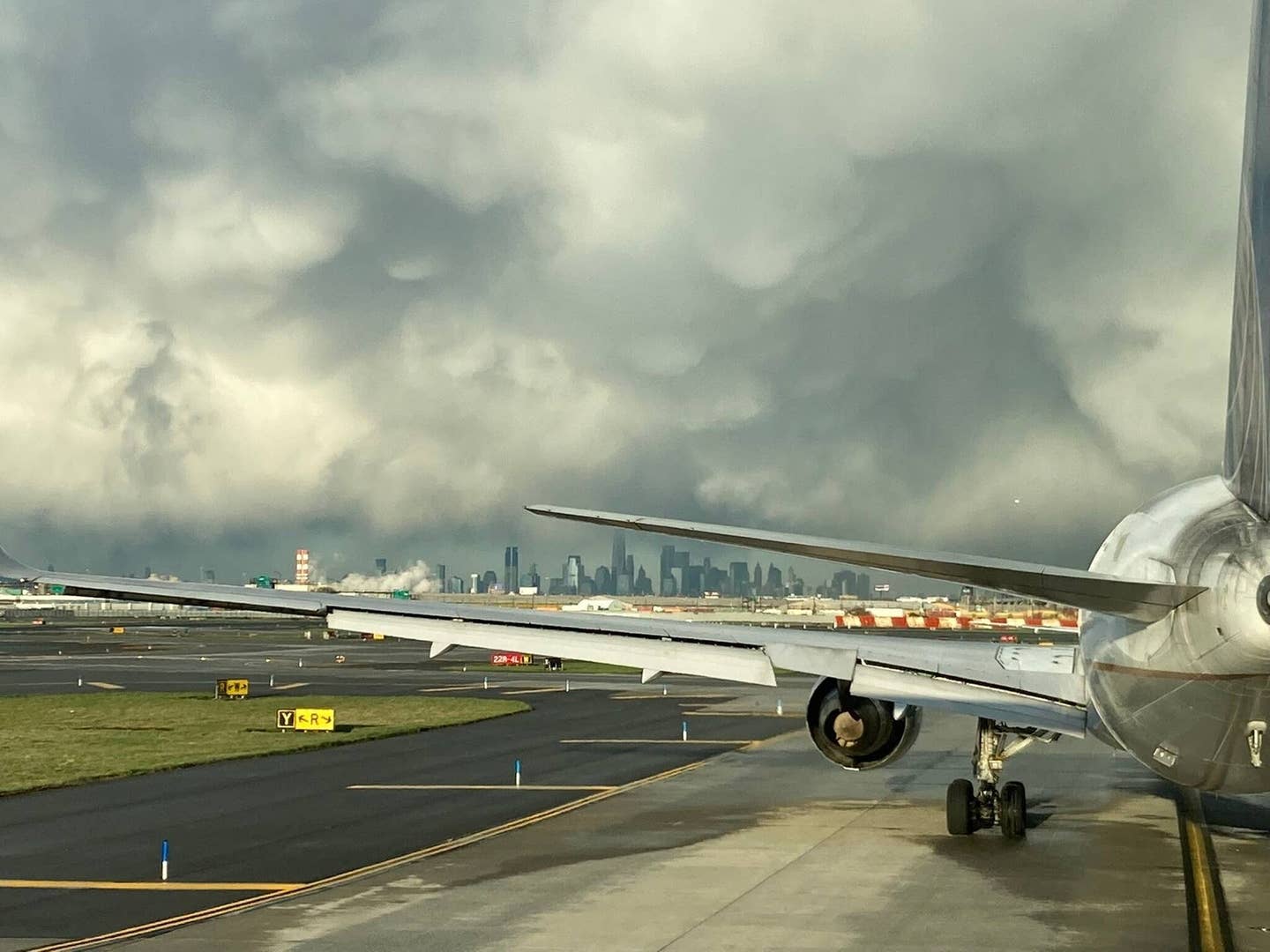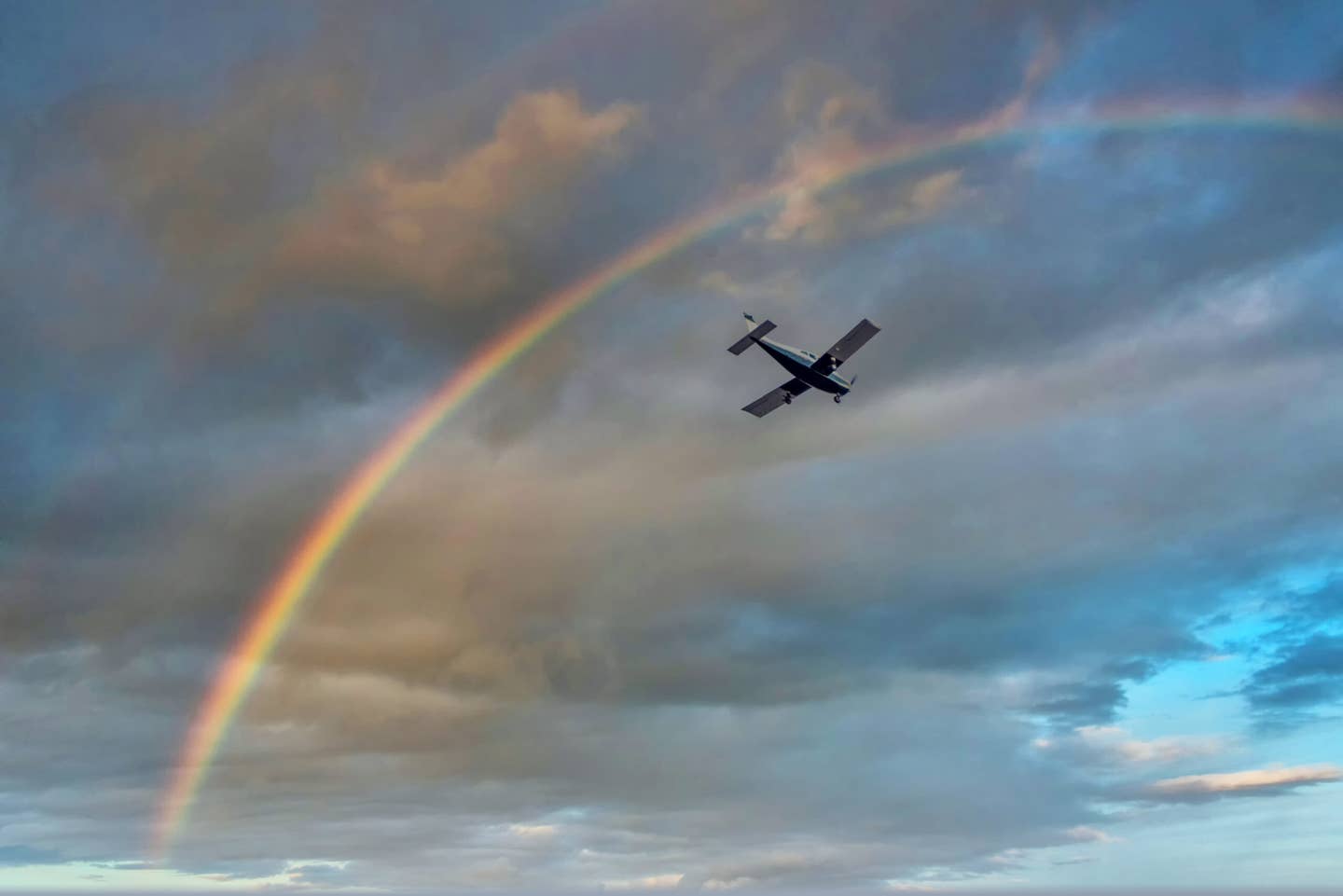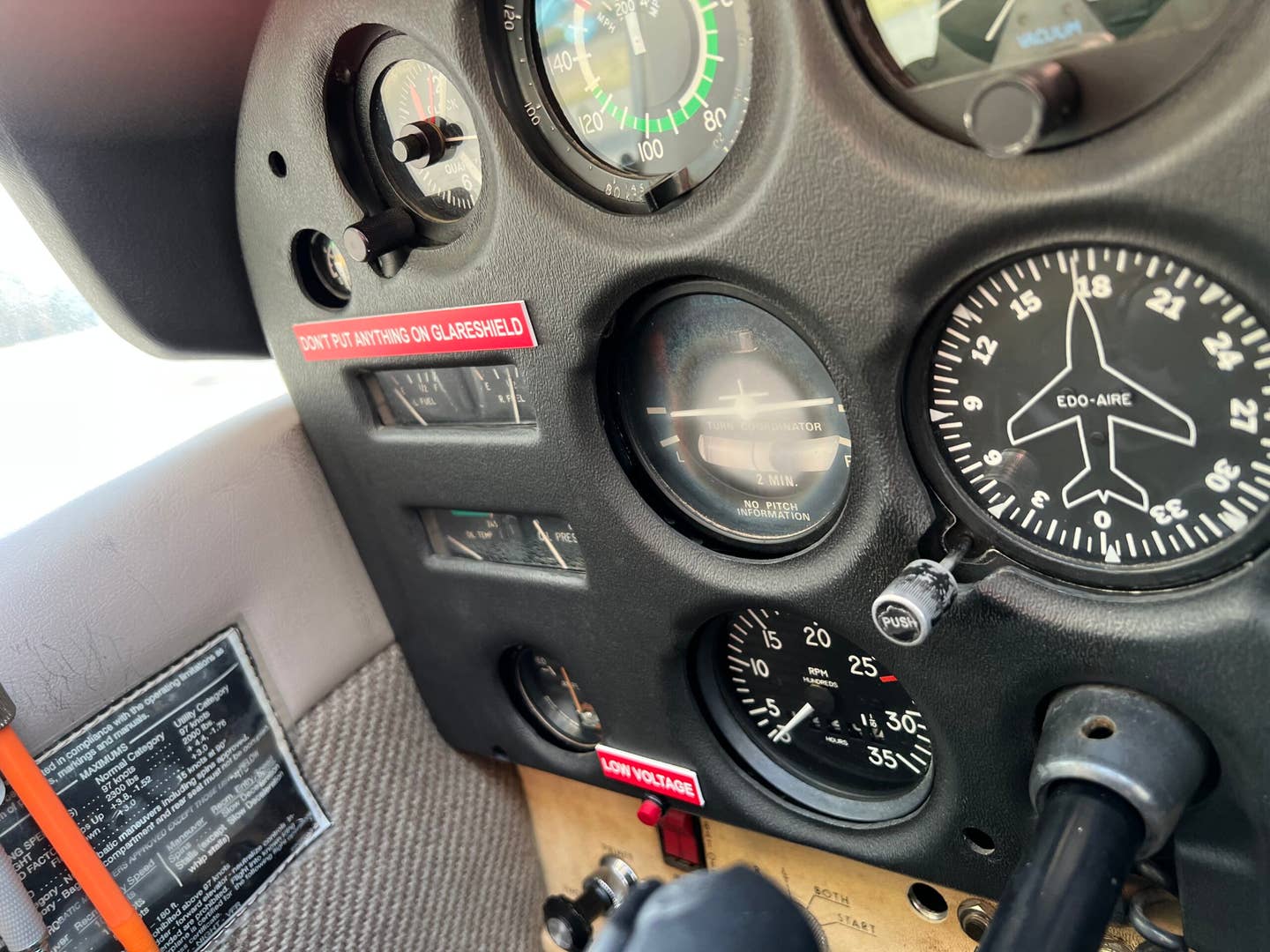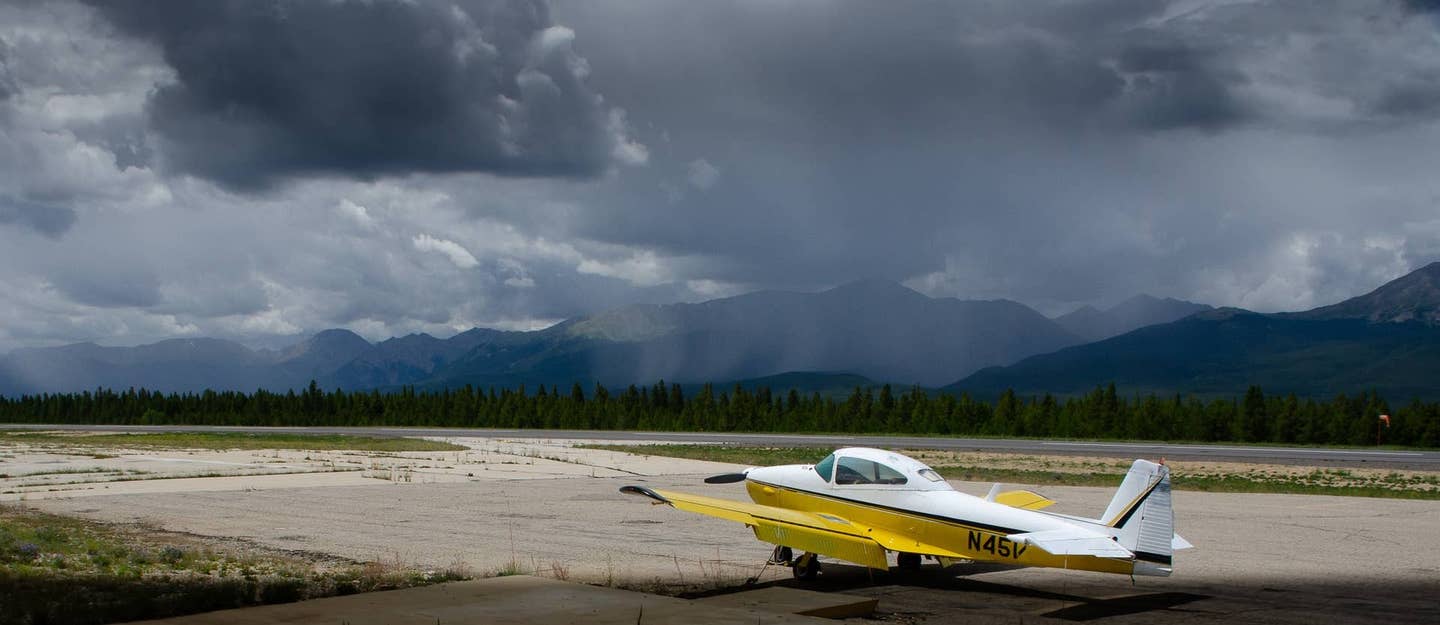
The display for yesterday shows an
interesting ‘donut hole’ of cooler air
surrounded by warmer temps. Mark Phelps
Of course, icing is possible year round — even at Bonanza altitudes. On an August flight from Quebec a couple of years ago, I did pick up some noticeable rime icing when passing through cloud tops at 9,000 feet. But as we get to the bottom quarter of the calendar, icing becomes more of a front-of-brain issue.
One of my favorite features of XM Weather is the 'Freezing Level' page. At a glance, I can see what the air masses' temperatures look like. This is a useful look at what to expect from weather systems, but of course, the primary function is to provide a quick reality check on icing potential. (The icing tab on the ADDS Weather page also has fantastic data on possible icing). Soggy looking cloud cover and freezing levels showing up around my planned altitude make for an eyebrow-raising combination. And this is the time of year when I start to pay closer attention to this dynamic in my flight planning.
So whether you're flying an airplane approved for flight into known icing (FIKI), or if your one-and-only anti-ice weapon is a heated pitot tube, now is the time to take inventory of your equipment and your strategies for dealing with ice. I try to check the pitot heat regularly, though I have to admit I don't always do so on every preflight. But if it looks like one of those days, I will make a point to flip on the master and the pitot heat switch as I start my walkaround. By the time I make it to the front of the left wing, I've usually forgotten — and scorch my fingertips.
Preflight preparation includes checking wings and other surfaces for accumulated frost and ice. Most of us know that frost on the wings will rob lift, sometimes to the point of denying us what we need to lift off at all. On those mornings, I can be thankful, for once, for my worn and faded paint job. I have little concern over scratching the finish as I brush and scrape the frost from my wings and tail surfaces.
Rationalization is a wonderful thing.
In clouds, I will now be extra vigilant in keeping an eye on the outside air temperature gauge. In my airplane, it's actually a dual-purpose instrument. The face of the gauge at the top of my windshield tells me the temperature, and the probe sticking out into the breeze is the first place I look for ice accumulation.
I also try to be extra aware of minimum enroute altitudes (MEAs) as we get into icing season. For me, any trip that goes west involves crossing the Appalachians — not exactly mountain flying by any means. But one of the few times I encountered ice in flight was in West Virginia, and it involved an anxious 10 miles or so before I could safely descend to warmer temperatures.
Call to action: If you have any tips of your own you'd like to share, or have any questions about flying technique you'd like answered, send me a note at enewsletter@flyingmagazine.com. We'd love to hear from you.

Sign-up for newsletters & special offers!
Get the latest FLYING stories & special offers delivered directly to your inbox

